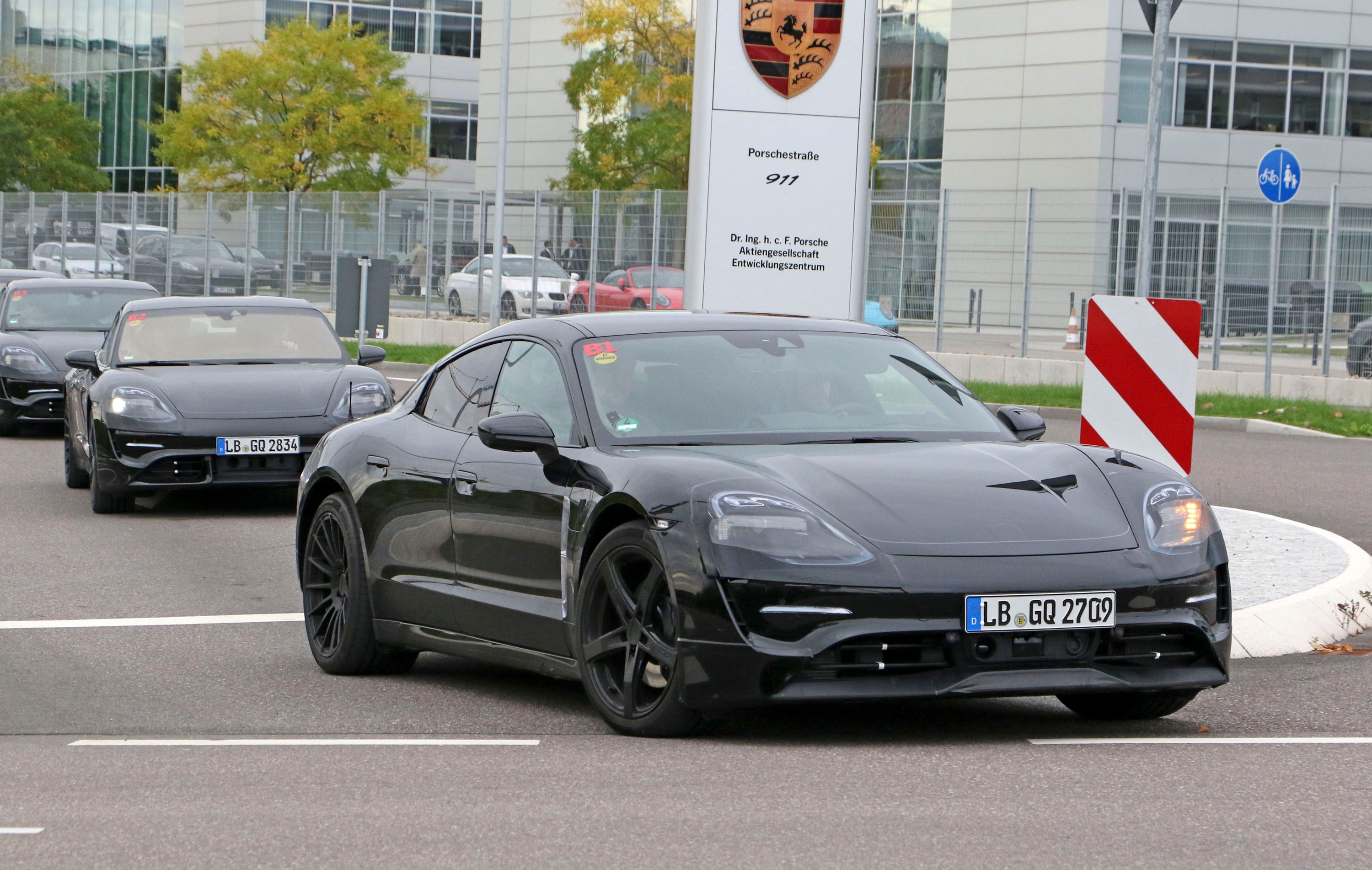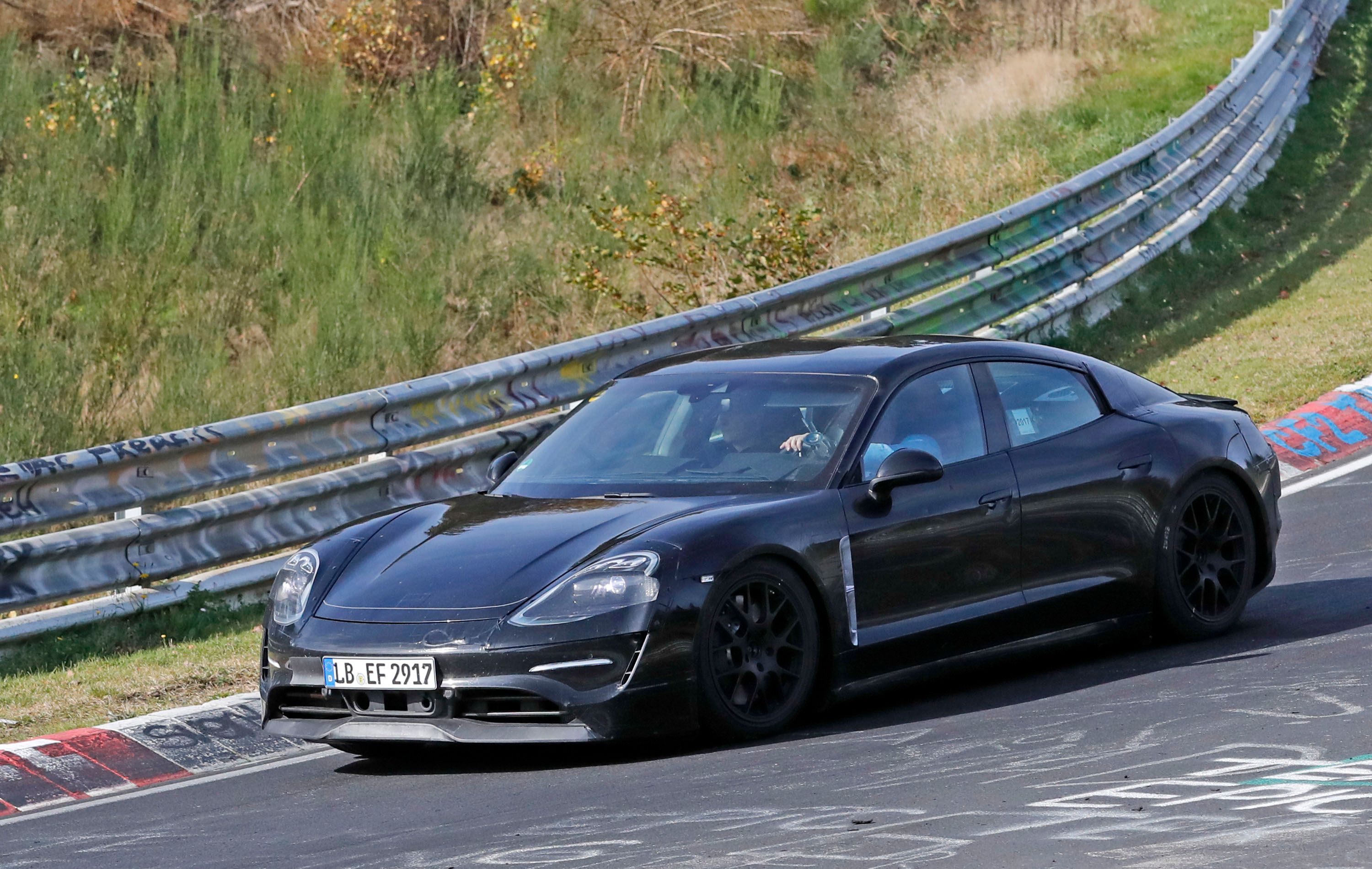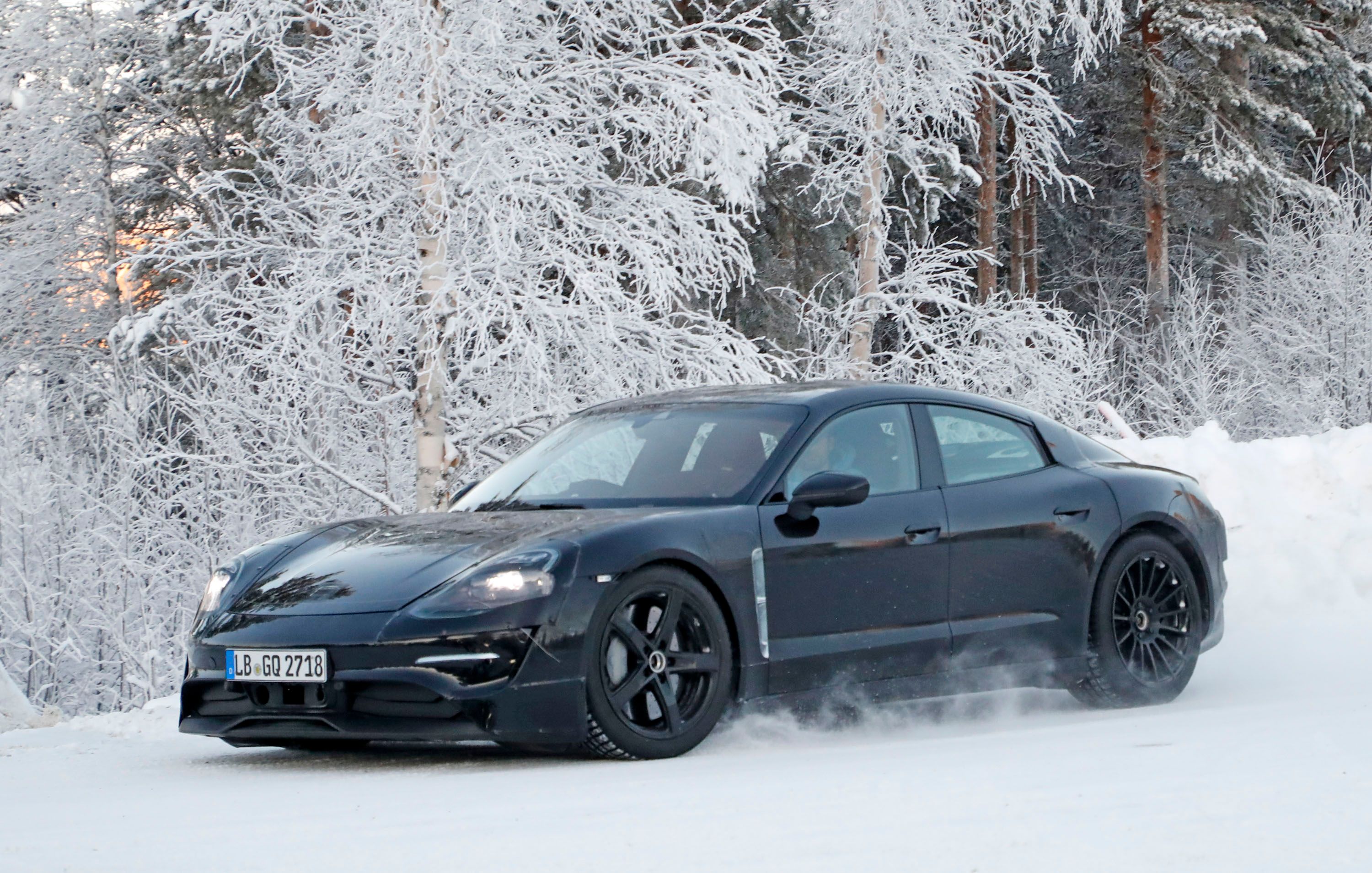The Porsche Mission E electric car is an important model for Porsche. It’s so important, actually, that Porsche CEO Oliver Blume describes at as the company’s make-or-break model. There might be some hyperbole attached to that statement, but the all-electric sedan’s importance to the automaker’s electrification effort cannot be understated. At worst, it could short-circuit Porsche’s dreams of an electrified future. At best, it could jolt that future to life.
The industry is trending towards an electrified future, and almost all automakers are getting on board with that shift. Porsche is in on it, too. The German automaker has invested more than $1 billion on these new technologies, and the Mission-E sits at the heart of that investment. That’s a lot of money tied to the potential of one model to live up to expectations.
The good news is that Porsche has a good track record of innovation. It was one of the first companies to really strike gold in the luxury SUV market. It’s decision to build a four-door saloon — the Panamera — has opened plenty of doors, including the hybrid and plug-in hybrid markets. According to Porsche, the Panamera plug-in hybrid is now the best-selling variant of the sedan, accounting for around 60 percent of the Panamera’s sales volume. Countries like Norway and Belgium have even reported 90 percent sales of the plug-in hybrid, a staggering percentage even by today’s standards.
The kind of success Porsche has had in the hybrid, and plug-in hybrid segments, is what the company’s hoping to replicate with the Mission-E. Albrecht Reimold, member of the Executive Board for Production and Logistic, called the Mission E the company’s “most ambitious project.” The resources Porsche put into developing the car, and the technology that comes with it adds weight to the statement.
The goal now is to put the electric sedan in the best possible position to succeed. Porsche is doing its part with the nine-figure investment. Of that sum, $870 million went to the production facilities near its headquarters in Zuffenhausen. There’s a new paint shop, a dedicated assembly area, and long conveyor bridge that will be used to transport the painted bodies and drive units to the final assembly area.
If the Mission E becomes a successful model, Porsche’s investments in electrification will spur the creation of a new line of pure electric models. If the Mission E is not a success, then Porsche will likely lose all the momentum it has generated in recent years.
No pressure, right?
References
Porsche Mission E
Read our full speculative review on the 2020 Porsche Mission E.
Read our full speculative review on the 2020 Porsche Mission E GTS.
Read more Porsche news.



